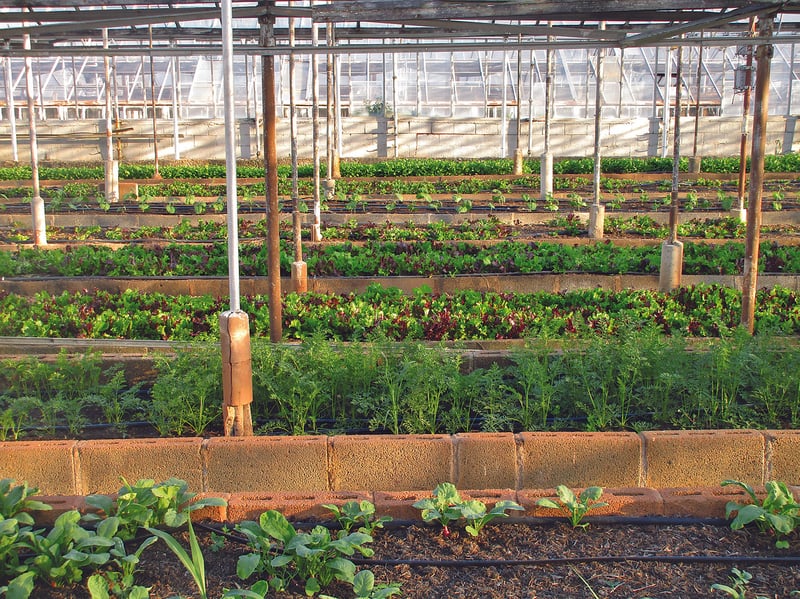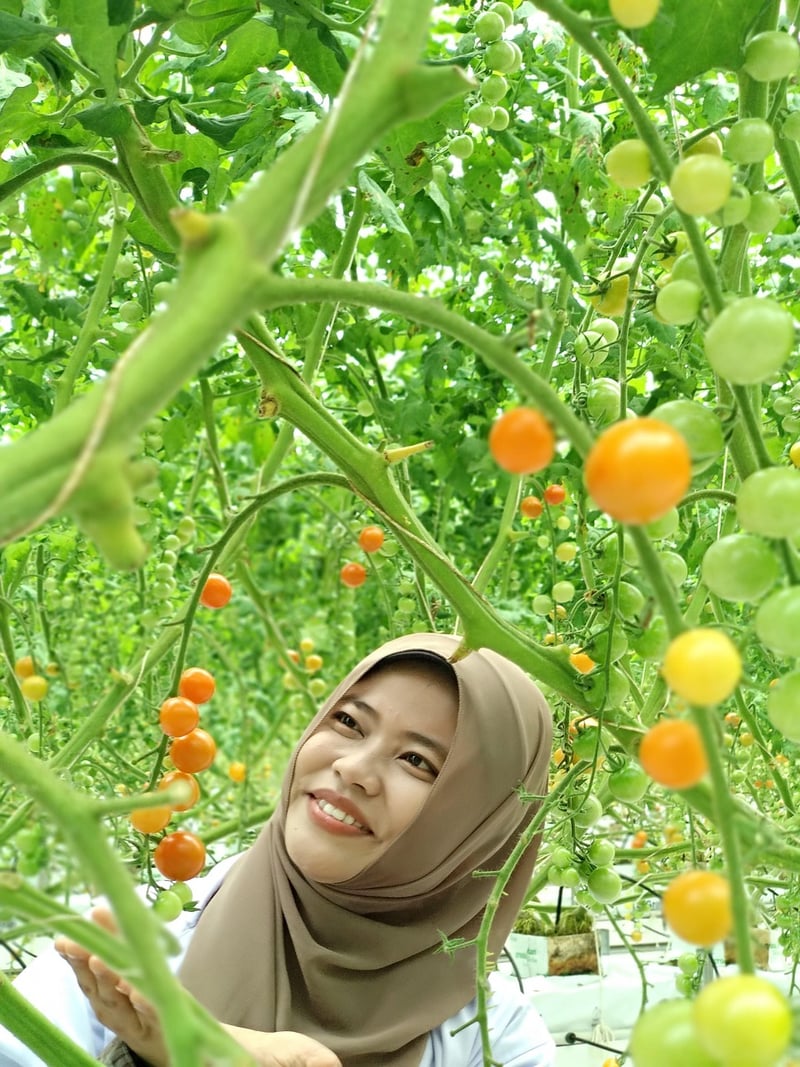Urban Farming Techniques
Tips for Growing Vegetables in Limited Urban Spaces
Urban gardening is a growing trend as more people are looking to grow their own food even with limited space. Whether you have a small balcony, rooftop, or a tiny backyard, there are ways to cultivate a variety of vegetables right in the heart of the city. Here are some tips to help you get started:
1. Container Gardening
Utilize containers such as pots, buckets, or even old barrels to grow vegetables. This method is adaptable to any space and allows you to move your plants around to catch the best sunlight.

2. Vertical Gardening
Maximize space by growing vertically. Use trellises, hanging baskets, or wall-mounted planters to grow climbing vegetables like tomatoes, cucumbers, or beans.

3. Companion Planting
Plant compatible vegetables together to maximize space and deter pests. For example, grow tomatoes with basil or plant marigolds to repel insects.
4. Micro Gardening
Grow herbs and microgreens indoors on windowsills or under grow lights. These small plants are nutrient-dense and perfect for urban spaces.

Urban Farming Techniques
1. Hydroponics
Consider setting up a hydroponic system to grow vegetables without soil. This method uses nutrient-rich water to cultivate plants, saving space and water.

2. Aquaponics
Combine aquaculture and hydroponics to create a sustainable urban farming system. Fish waste provides nutrients for plants, while plants purify the water for fish.

3. Community Gardens
Join or start a community garden in your neighborhood. Shared urban gardens promote collaboration, sustainability, and a sense of community among residents.

With these tips and techniques, you can transform your limited urban space into a thriving vegetable garden. Enjoy the benefits of fresh produce right at your doorstep while contributing to a greener, more sustainable urban environment.
